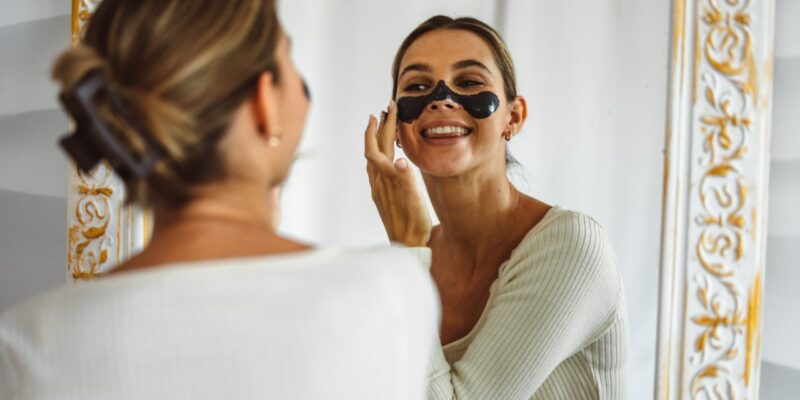
Preventing nose sores from the CPAP mask
Having to wear a CPAP mask for your CPAP machine is essential, yet not always very comfortable. In fact, some people find that these masks cause nose sores, as there are at least two ways that sores may occur. Solving the issue of these sores isn’t always easy, but thankfully it is possible. But how can you prevent nose sores from your CPAP mask?
Why Do Sores Happen?
CPAP sores can happen for two different reasons. Sores will happen due to your CPAP mask being tight and placed around your face for many hours at a time. As you sweat and move in your sleep, your mask may press against your face in uncomfortable ways and may, in turn, cause mask sores.
The longer you use your mask, the more likely you are to have sores occur. These sores tend to get worse over time, as they’re unable to heal properly. Another type of sore that is prominent is nasal passage sores due to dryness.
Using your CPAP mask means that pressurized air will be forced through your nostrils nightly. Over time this may cause dryness and soreness, and even cracking of the inside of your nostrils. This type of soreness is different from contact sores but is just as, if not more, painful. No matter why your sores occur, they’re common for those who use CPAP machines and can be treated.
How To Prevent Contact Sores?
Preventing contact sores from your CPAP machine and mask is crucial; if you’re looking to continue to use the mask long-term, which is often necessary. But how can you prevent contact sores? There are many ways, including:
Maintaining mask cushions: Regularly maintaining and replacing your mask cushions is important when it comes to preventing mask sores. These cushions are meant to help ease friction and prevent sores. If you replace them often, they’re more likely to work continuously.
Use a mask liner: Another great way to minimize contact point sores. These liners also help cushion and ease the tension between the mask and your face, allowing for more comfort and less of a risk that sores will occur.
Try something different: Sometimes, the best option is to try a different mask or even a different size. You may even want to try an alternative to a CPAP machine. There are other therapies and options that may help remove the CPAP machine from your daily life. These other options are non-invasive and overall easy, providing an alternative to CPAP that may work for you.
Preventing Nose Dryness Sores
When the inside of your nostrils becomes too dry, it’s understandable that your nostrils will begin to hurt. Nose dryness can cause cracking and painful sores. To help prevent this type of sores due to your CPAP machine, there are a few things you can try to do, such as:
Try a heated humidifier- Humidifiers are great for adding moisture back into the air. Heated humidifiers do wonders for dry nose sores. The heat also helps improve blood flow, including to the vessels in your nasal passage, allowing your mucous membranes to work properly, and preventing extra dryness.
Try nose lubricant- While this may sound strange, a nostril lubricant is a great way to help your nose stay moist. These lubricants are best if applied regularly and should be used nightly. They’ll help your nasal passages stay moist while offering a protective coating which is beneficial for preventing further damage.
Use heated tubing- If the air in your machine becomes too cool, it may cause the humidity levels to become out of range. Cold air is also more likely to dry out passageways like your nose. Because of this, heated tubing may be a great way to help prevent excessively dry air from entering your nasal passages, helping your nose resist sores and cracking.
Using a CPAP machine isn’t always the most comfortable thing to have to do. However, for many people, the use of this machine is crucial and even life-saving. If you’re experiencing sores from your CPAP mask, there are plenty of ways you may be able to correct them, even if this means trying a CPAP alternative. CPAP masks are life-saving, but there are other ways to get the help you need without the pain you don’t need.
